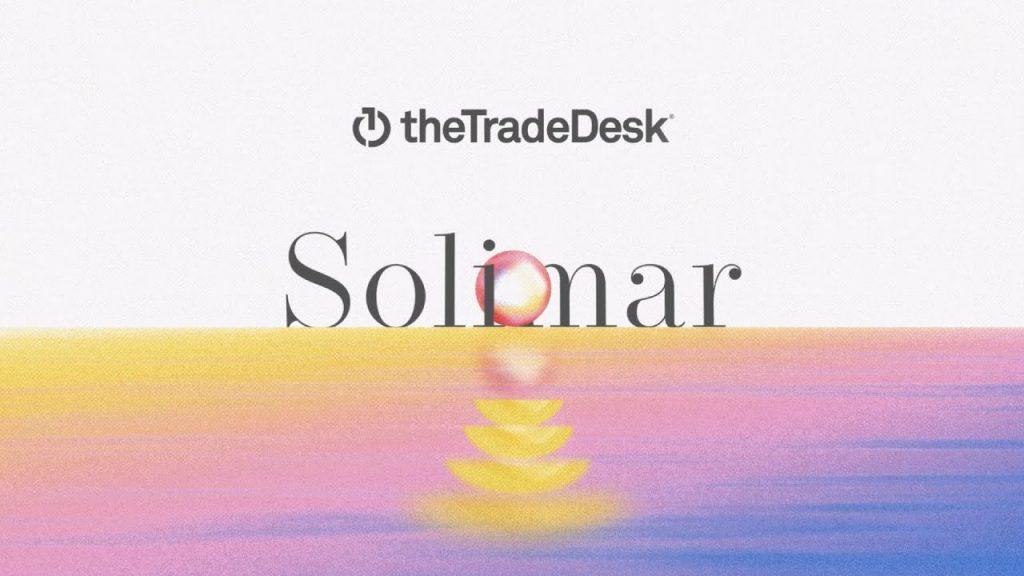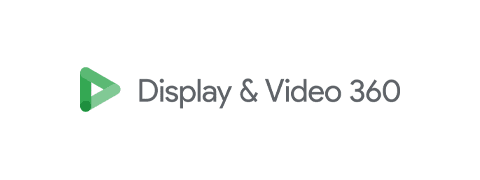
Digital advertising is becoming increasingly data-driven, with marketers relying on comprehensive reporting to measure the effectiveness...
Read More
If you are in the digital advertising industry, you would have come across the acronym DSP...
Read More
As brands scale up and increase investments in digital advertising, Google provides advertisers with 2 methods of reaching users with display & video inventory: Google Ads and Display & Video 360 (DV360). Find out they key differences between the two platforms in terms of inventory, capabilities and even costs.
Read More
Today, we will be covering how one can set up a PMP deal on the TTD platform. For those unfamiliar with what a PMP is, check out our other post - Unboxed: Programmatic Inventory Types. To start, we'll require these few information: Deal ID SSP/Exchange Floor or Fixed Price with Start and End date (if any) We'll go through the difference between first-party contracts and third-party contracts, as well as the entire PMP setup workflow.
Read More
Introducing Outcome based buying, where we can move away from the standard buying model, to one that focuses on performance metrics. Before that, let's walkthrough the traditional CPM buying model that we're all used to. CPM has been the only transaction mode for Programmatic for the longest time. That is because OpenRTB - the technology that powers most Programmatic campaigns - only supports CPM. So, for any platform or vendor to provide an alternative transaction mode such as CPC/CPV or outcome based buying as it’s termed, they must take on the risk of buying in CPM, optimizing to a desired outcome, and selling it at the committed rate. Traditionally, in order to buy media based on performance: there are 2 categories within the outcome based buying model: 1. Transparent self-service end-to-end campaign management 2. Non-transparent managed service With DV360 entering the Outcome Based Buying market, it is huge news as it signals the maturity of Programmatic buying. At the same time, it forms a 3rd category of a transparent self-service platform that doesn’t control the end-to-end process of buying & selling ads. Read on to learn more about DV360's outcome based buying.
Read More
Previously, we posted a guide to set up campaign in TTD - the classic edition. As TTD has recently released a new platform experience named Solimar, we have written an updated guide to walk you through on how to set up campaign on The Trade Desk (Solimar edition). Solimar aims to help marketers prepare for a new age of digital advertising around these three areas: Setting business goals right at the start Activate first-party data easily Measure impact of campaigns effectively This article will not be a “sales pitch” on Solimar; instead, we will show the changes in the user interface and bring through the new campaign setup flow. Read on to find out what are the differences between Solimar and the legacy edition, as well as the step-by-step guide on creating your first campaign on TTD.
Read More
Today, we will be exploring how to set up campaign in another popular DSP - The Trade Desk, aka TTD. TTD is one of the biggest independent DSP. This means that big tech companies do not own TTD, unlike its competitors like DV360 (Google), Xandr (AT&T), Amazon DSP (Amazon), or Amobee (Singtel). While being a pureplay may seem to put TTD at a disadvantage with the lack of Owned & Operated (O&O) data or inventory, it compensates through best-in-class integration and adoption of the latest and emerging Programmatic technology. We will be exploring the differences between DV360 and TTD in another post, but in the meantime, let’s dig into how a campaign is set up within TTD! Read on to find out more.
Read More
Display & Video 360 aka DV360 is Google’s Demand Side Platform (DSP), which is a part of the suite of Google Marketing Platform (GMP) products. If you're new to programmatic, you'll find that there are a lot of acronyms in a sentence, but don't worry about it now. Hopefully, you will get used to it as there will be more to come in this handy guide to campaign setup in DV360. There are basically 7 levels which we will be going through: 1) Partner 2) Advertiser 3) Campaign 4) Insertion Order (IO) 5) Line Item (LI) 6) Ad Group 7) Ad/Creative Read on to find out more on how to set up correctly on DV360!
Read More
Having the right bid strategy can often make or break a campaign’s performance and the time you will need to spend on a campaign. Now, let us dig into the different bid types available in DV360. There are 3 main bid types: Manual Bidding (fixed value) Automated Bidding (Combine Manual Bidding, Google’s Dataset and Machine Learning) Custom Bidding (optimise for whatever use cases outside automated bidding)
Read More